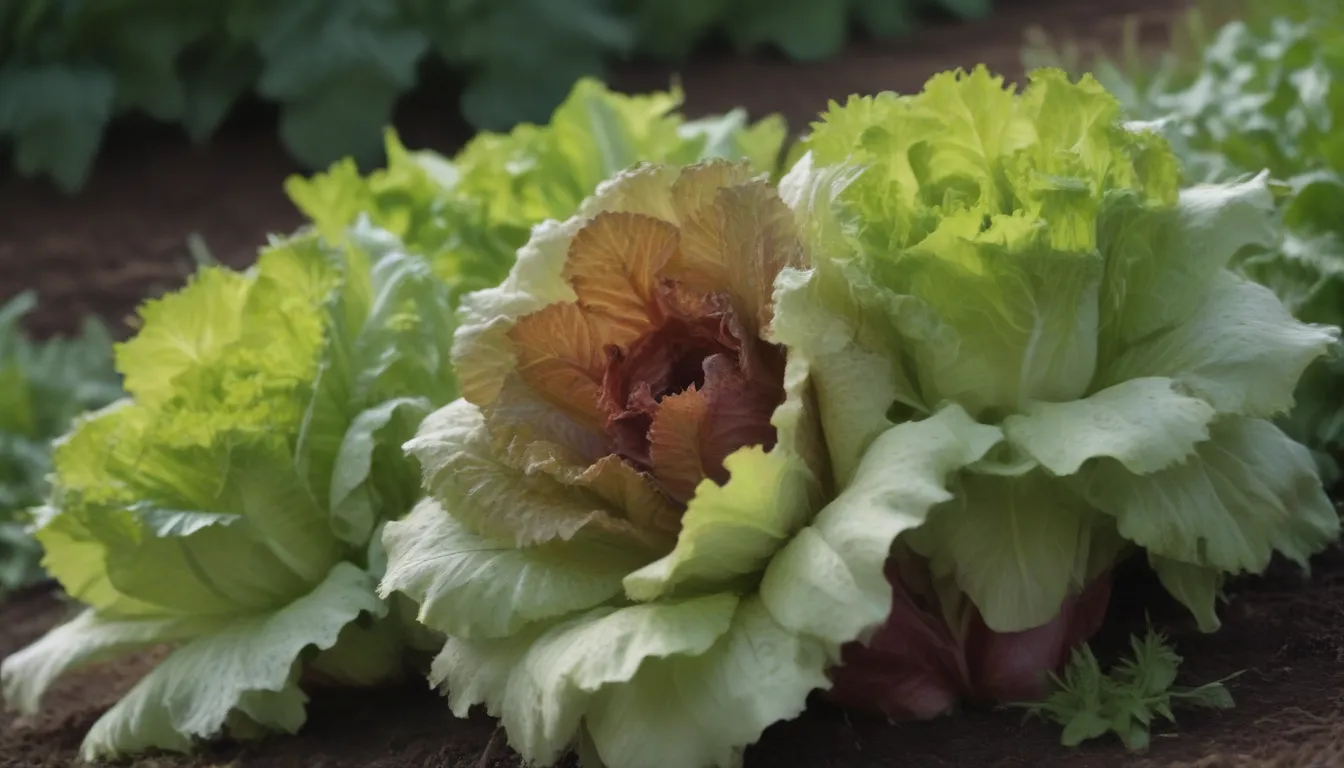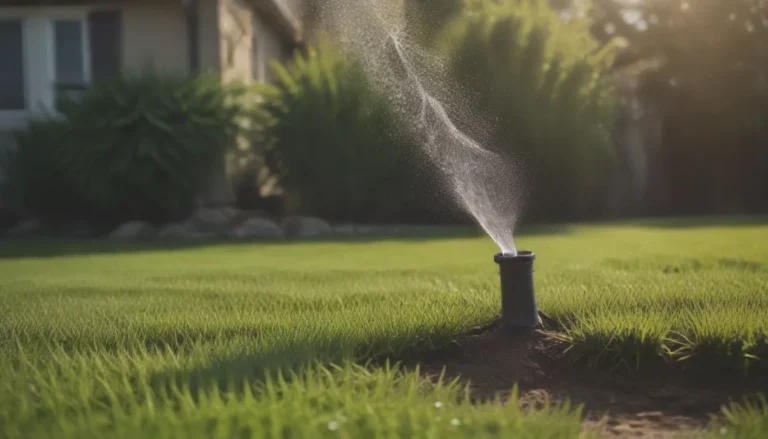How to Successfully Grow Lettuce in the Summer Heat: Tips and Tricks to Keep Your Garden Thriving

Are you a fan of fresh, crisp lettuce but find it challenging to keep your plants growing strong in the scorching heat of summer? You’re not alone! Lettuce is a cool-season vegetable that thrives in milder temperatures, making it a bit of a challenge to keep it healthy and productive when the mercury rises. But fear not! With a few expert tips and tricks, you can enjoy a bountiful harvest of delicious lettuce all summer long.
Planting for Success: When and How to Get Your Lettuce Started
One of the keys to successful summer lettuce growing is to plant at the right time and choose the right varieties. Here are some important factors to consider:
-
Planting Time: Start planting your lettuce as soon as the soil can be worked in early spring. Depending on the variety, lettuce seeds will germinate at temperatures as low as 35 degrees Fahrenheit, but they prefer a warmer range of 70 to 75 degrees. Seedlings usually emerge within seven to ten days after planting.
-
Choose the Right Lettuce: Opt for leaf lettuce varieties over head-forming lettuces. Leaf lettuce can be harvested as soon as the outer leaves reach four to six inches in height, allowing you to enjoy a continuous harvest throughout the season.
Tips for Keeping Your Lettuce Thriving in the Heat
Now that you’ve planted your lettuce, here are some strategies to keep it growing strong in the summer heat:
-
Harvest Frequently: Keep your lettuce plants cropped short to encourage new leaf growth. Harvesting frequently prevents the plants from bolting and going to seed, ensuring you have a continuous supply of fresh leaves.
-
Provide Shade: Plant your lettuce in the shade of taller plants like tomatoes or corn to protect them from the intense summer sun. You can also use sun cloth suspended on poles to provide additional shade and delay bolting.
-
Keep the Plants Well-Watered: Lettuce plants need consistent moisture to thrive in high temperatures. Water them daily, especially during hot and dry spells, to prevent wilting and desiccation. Remember that lettuce roots are shallow, so frequent watering is more effective than deep watering.
-
Transplant as a Last Resort: If your lettuce plants show signs of bolting, consider transplanting them to shock the plants and delay seed production. This can buy you more time to enjoy fresh lettuce before the season ends.
Extending Your Harvest: Planting Second Crops and Fall Lettuce
If you want to enjoy fresh lettuce into late summer and fall, consider these options:
-
Plant a Second Crop: If your early-season lettuce plants are reaching the end of their production cycle, consider planting a second crop in early summer. Keep in mind that lettuce seeds can be challenging to sprout in warm, dry conditions, so be diligent in providing the right environment for germination.
-
Fall Planting: As summer transitions into fall, take advantage of the cooler temperatures to plant a fall crop of lettuce. The conditions are ideal for lettuce growth, and you can enjoy a fresh harvest within a few weeks of planting.
By following these tips and tricks, you can successfully grow lettuce in the heat of summer and enjoy a continuous supply of fresh, tasty leaves throughout the season. With a little planning and care, your lettuce plants will thrive and provide you with a delicious harvest to enjoy in salads, sandwiches, and more.
Source: Sanders, Douglas. “Lettuce.” Ncsu.Edu, https://content.ces.ncsu.edu/lettuce





